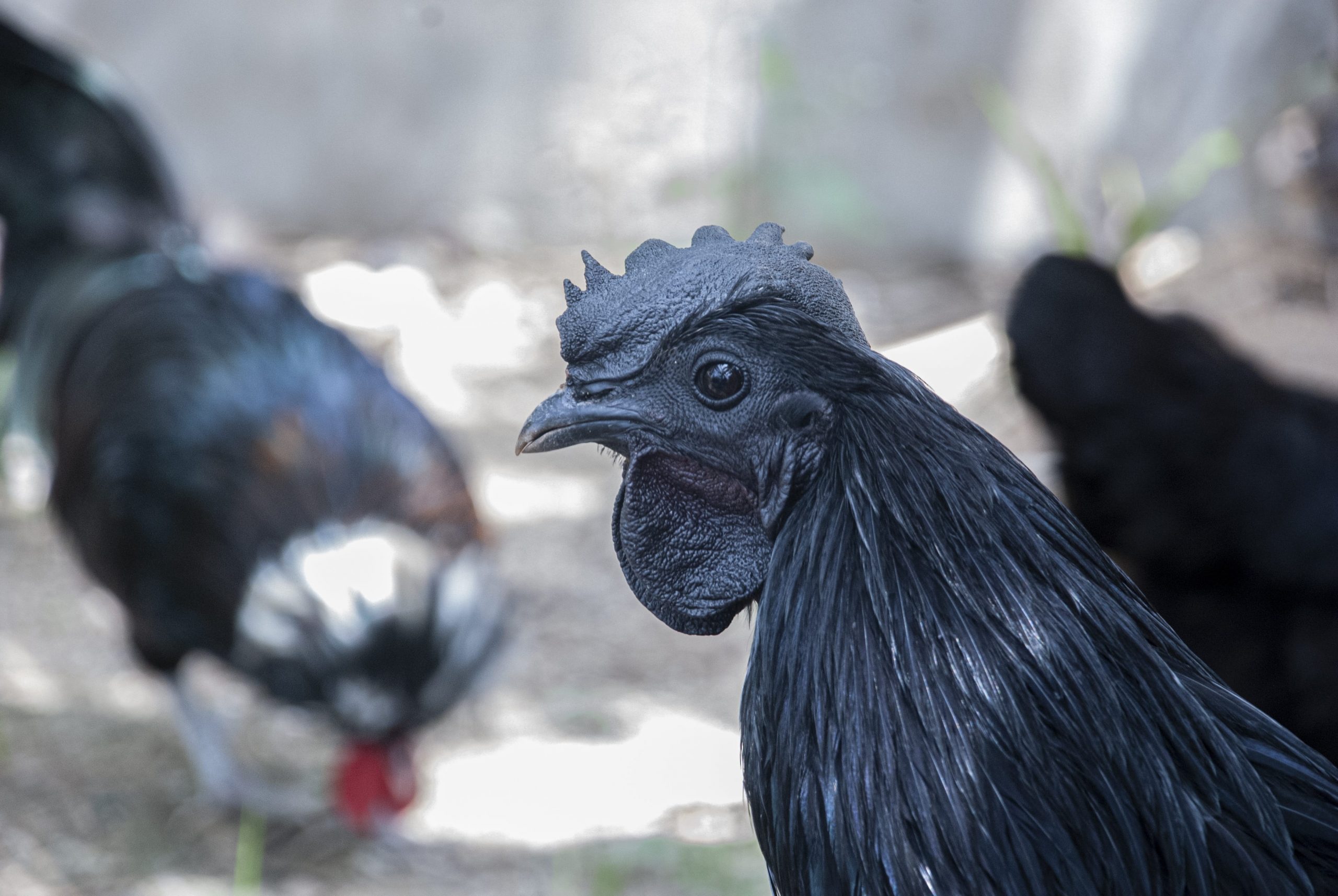
Apples are celebrated not only for their crisp taste but also for their remarkable health benefits, particularly in aiding weight loss and promoting overall wellness. Drawing from the Masala Monk’s insights, it’s clear that apples are a powerhouse of nutrition, offering a blend of soluble fiber, vitamins, and antioxidants that can significantly impact one’s weight loss journey. Let’s enrich the narrative by delving deeper into the benefits of apples for healthy skin and providing practical advice on integrating them into your diet.
The Nutritious Power of Apples
Beyond their refreshing taste, apples are a nutritional marvel, packed with elements crucial for health and weight management. Their high fiber content, particularly the soluble fiber pectin, plays a significant role in keeping you full, reducing appetite, and minimizing snacking. This, coupled with their low-calorie and high-water content, makes apples an excellent snack for those looking to shed extra pounds.
Unlocking the Weight Loss Secrets of Apples
- Appetite Suppression: Apples are rich in dietary fiber, which slows down digestion and increases satiety. Eating an apple before meals can lead to reduced calorie intake and gradual weight loss.
- Metabolism Boost: The abundance of vitamins and antioxidants in apples not only protects against oxidative damage but also aids in boosting metabolism. A higher metabolic rate increases calorie burn, aiding in weight reduction.
- Blood Sugar Regulation: The soluble fiber in apples helps regulate blood sugar levels by slowing down the absorption of glucose. This helps in managing cravings and prevents overeating.
- Fat Reduction: Research indicates that apples can influence the metabolism of fats in the body, reducing the risk of metabolic syndrome, a cluster of conditions that increases the risk of heart disease, stroke, and type 2 diabetes.
- Detoxification: Apples promote the body’s detoxifying process, aiding in the removal of toxins that can hinder weight loss. Their high water content and specific compounds help cleanse the liver and improve kidney function.
Integrating Apples into Your Weight Loss Diet
- Snack Smart: Opt for whole apples as snacks to leverage their full fiber content, which is partly located in the skin.
- Diversify Your Meals: Incorporate apples into salads, yogurts, and whole-grain dishes to add a refreshing crunch and nutritional boost.
- Hydrate Creatively: Add apple slices to your water or herbal teas for a subtly sweet flavor that encourages increased water intake.
- Cook with Apples: Use apples in savory dishes, such as chicken salads or roasted pork, to introduce a sweet component that satisfies the palate without adding excessive calories.
Precautions and Best Practices
While apples are beneficial for most people, it’s crucial to consider:
- Allergies: Rarely, some individuals might be allergic to apples. If you experience any adverse reactions, consult a healthcare provider.
- Pesticide Exposure: Opt for organic apples when possible to reduce exposure to pesticides. Washing and peeling non-organic apples can also help minimize this risk.
- Balanced Diet: Apples should complement a balanced diet rich in a variety of nutrients. Relying solely on any single food for weight loss is not advisable.
Conclusion: Embracing Apples for a Healthier Lifestyle
Incorporating apples into your diet offers a simple, yet effective strategy for weight loss and overall health improvement. Beyond their role in weight management, apples contribute to a healthier lifestyle, providing essential nutrients that support bodily functions and prevent disease.
Blog Tags
apples, weight loss, nutrition, healthy eating, dietary fiber, metabolism boost, detox, balanced diet, organic eating, health and wellness












